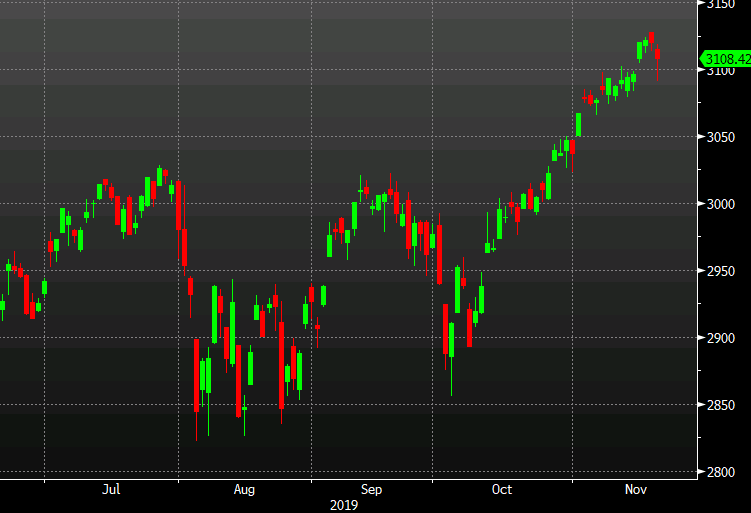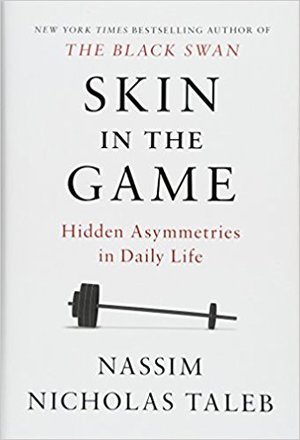Stocks slump on trade headlines

- Nasdaq -0.5%
- DJIA -0.4%
- TSX -0.1%


Skin in the Game is Nassim Nicholas Taleb’s (NNT) fifth book in what he calls the Incerto, and it’s the most digestible I’ve read thus far (having read all but Fooled by Randomness). This one focuses more on asymmetry (and symmetry) in everyday life, particularly on the matters of career, ethics, and life in general.
What does that mean? Basically, rules for how to detect if something is pseudo-science (scientism), rules for how you should endeavour to conduct yourself in your career in business, and mental models for thinking about risk in these categories and in life in general.
Having now read most of his books, part of the reason this was digestible was that I’m familiar with his general premises; I would recommend reading his other books first, but this one will tie them together. Highly recommend.
Imagine that users submitted hundreds of thousands of prices for everyday items, and that they all got compiled into a massive database. Then, suppose a worldwide index of prices was created that compared the cost of living across different places by using these many data points.
Well, that’s already happened at Numbeo which is the world’s largest database of user contributed data about cities and countries.
This infographic uses this information to show the most expensive and cheapest places to live by country. While it is missing some of the granularity of looking closer at individual regions and cities, it does do a good job of showing a broad perspective on living costs.
Switzerland and Norway may not surprise you as two of the most expensive countries. However, Venezuela might not have been a place that was on your radar. Of course, in retrospect, when you have inflation spiraling out of control at a rate of 64% per year, that will make things a bit pricey.
Want cheap goods and services? Head over to India, Nepal, and Pakistan. With about 1.5 billion people spread between those three countries, labour is cheap and the cost of living is very low. (more…)
It’s a moot point: Is the Buffalo leading the Villager or is the Villager Following The Buffalo? The Chinese are contemplating the same.
Just months ago, his courtyard home at the edge of the orchard was a makeshift trading floor where local farmers gathered to share tips and track the Shanghai Composite. Now, the gates are closed, a security camera stands watch, and nobody wants to talk about the stock-trading local party secretary.
“Out for the whole day,” ventured a neighbor.
“Who?” said another.
“Maybe he flew away in a plane,” joked a third. The country was gripped by stock fever, a frenzy of borrowing and buying that saw Chinese markets soar to historic heights, drawing in tens of millions of first-time investors, including dozens of people in this northern Chinese village.
The rally was bolstered by rah-rah editorials in the state-controlled press. Invoking President Xi Jinping’s vision for a powerful and prosperous China, the People’s Daily called rising stock prices “carriers of the China dream.” When the benchmark index hit 4000 points, an editorial in the same party flagship promised it was “just the beginning” of the bull run.